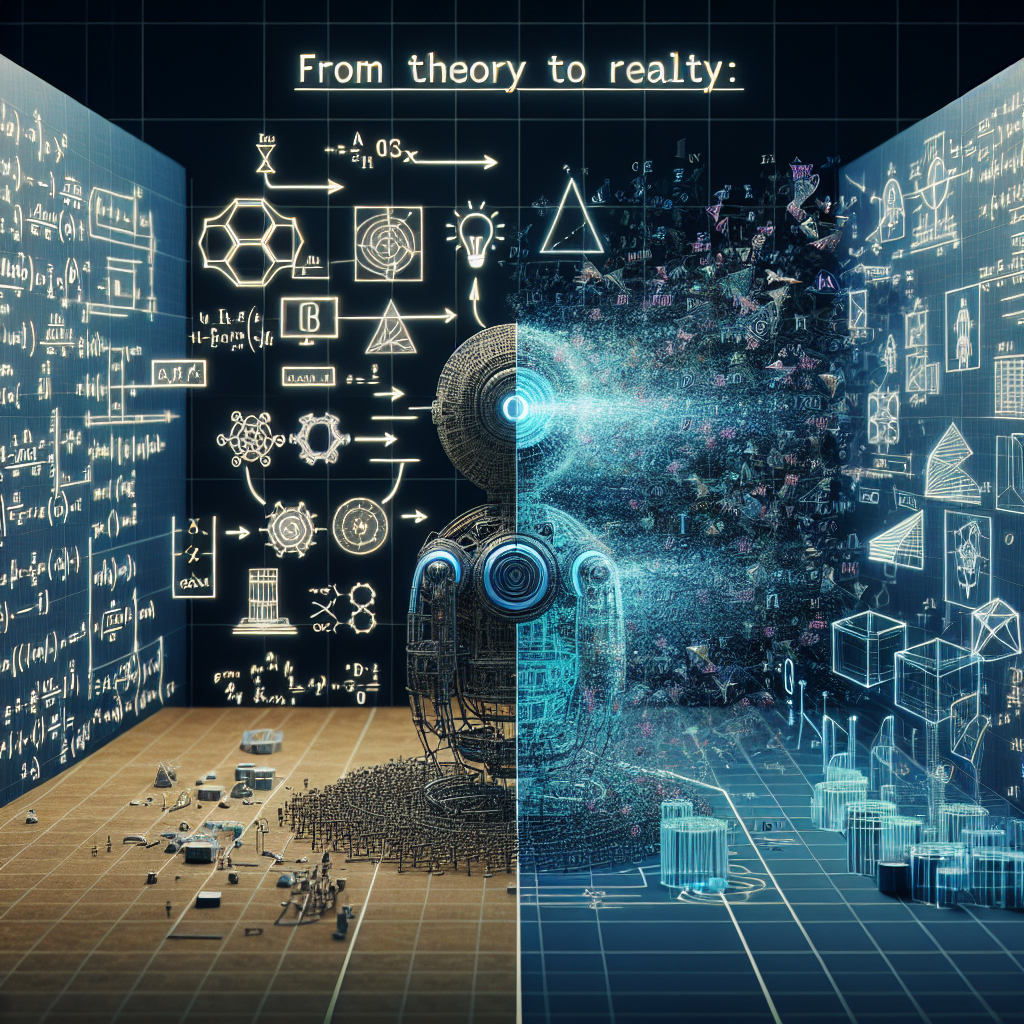Artificial Intelligence (AI) has made remarkable strides from theoretical frameworks to sophisticated applications that shape our daily lives. In this article, we will explore the most advanced AI models currently in existence, focusing on their development, capabilities, implications, and the future prospects they hold for various industries. This analysis will help entrepreneurs, marketers, and small business owners harness AI for their ventures.
Table of Contents
- Understanding AI and Machine Learning
- Evolution of AI Models
- Introduction to the Most Sophisticated AI Models
- 3.1 Generative Pre-trained Transformer (GPT)
- 3.2 BERT and Its Applications
- Comparison of Leading Models
- Real-World Applications of AI
- Challenges and Ethical Considerations
- Future of AI Models
- Conclusion
Understanding AI and Machine Learning
What is AI?
Artificial Intelligence refers to computer systems designed to perform tasks that typically require human intelligence. These include problem-solving, learning, perception, and language understanding.
What is Machine Learning?
Machine Learning (ML), a subset of AI, involves algorithms enabling computers to learn from data and improve their performance over time without human intervention.
Evolution of AI Models
AI has evolved from rule-based systems to complex neural networks capable of processing vast amounts of data. Each phase has contributed to a deeper understanding of how machines can mimic human cognition.
The Birth of Neural Networks
Neural networks, inspired by the human brain’s structure, represent a significant leap forward. They use layers of interconnected nodes (neurons) to analyze data patterns, leading to improved accuracy in predictions and classifications.
Introduction to the Most Sophisticated AI Models
3.1 Generative Pre-trained Transformer (GPT)
The Generative Pre-trained Transformer (GPT) represents one of the most advanced AI models to date. Developed by OpenAI, GPT has undergone several iterations, with the latest version boasting unparalleled capabilities in language understanding and generation.
Key Features of GPT
- Large Scale: Trained on diverse datasets, GPT possesses knowledge on various topics, making it versatile across multiple domains.
- Contextual Understanding: Its ability to understand context allows it to generate coherent and contextually relevant text.
- Applications: GPT finds applications in chatbots, content generation, and even creative writing.
3.2 BERT and Its Applications
Bidirectional Encoder Representations from Transformers (BERT) is another groundbreaking model that has significantly impacted natural language processing. Developed by Google, BERT processes words in relation to all the other words in a sentence, rather than one at a time.
Key Features of BERT
- Bidirectional Context: BERT understands context from both the left and right sides of a word, leading to improved interpretation of complex language constructions.
- Fine-tuning Capabilities: It can be fine-tuned for specific tasks, making it highly adaptable for various applications, such as sentiment analysis and question answering.
Comparison of Leading Models
To better understand their unique strengths and weaknesses, let’s compare GPT and BERT.
| Feature | GPT | BERT |
|---|---|---|
| Model Type | Unidirectional Transformer | Bidirectional Transformer |
| Training Objective | Language generation | Understanding and classification |
| Contextual Awareness | Left-to-right | Context from both sides |
| Use Cases | Content creation, chatbots | Sentiment analysis, question answering |
This table illustrates that while GPT excels in generation tasks, BERT is superior in understanding language nuances.
Real-World Applications of AI
The sophistication of these models has opened new avenues for their application across various industries:
- Healthcare: AI models aid in diagnosing diseases and personalizing treatment plans.
- Finance: Fraud detection and algorithmic trading benefit from advanced predictive analytics.
- Marketing: Personalized marketing strategies are powered by AI insights into customer behavior.
- Entertainment: Content recommendation systems, powered by AI, enhance user experiences on streaming platforms.
For a deeper dive into how AI is revolutionizing different sectors, read our article on AI in Industry: Transforming the Future.
Challenges and Ethical Considerations
Despite their potential, advanced AI models also present challenges:
- Bias: AI systems can perpetuate existing biases present in training data, leading to unfair outcomes.
- Transparency: The "black box" nature of AI makes it difficult to understand decision-making processes.
- Job Displacement: Automation may threaten jobs, necessitating reskilling initiatives.
Understanding these challenges is crucial for developing ethical and responsible AI applications.
Future of AI Models
As technology continues to evolve, the future of AI models looks promising:
- Hybrid Models: Combining strengths from different models could lead to more balanced outcomes.
- Real-time Processing: Advancements in computing power may allow for real-time data processing and decision-making.
- Greater Accessibility: As AI tools become more user-friendly, small businesses will find it easier to implement AI-driven solutions.
Conclusion
AI has transitioned from theory to reality, manifesting through sophisticated models like GPT and BERT. These advancements promise revolutionary changes across various sectors, offering both opportunities and challenges. For entrepreneurs and small business owners, embracing these technologies can lead to significant advantages in efficiency, accuracy, and customer engagement.
We encourage you to stay informed on AI trends and consider how these developments can enhance your strategies and operations.
For additional insights into AI and how it can shape your business, explore our resource on Harnessing AI for Business Growth.
External Links
This article aimed to be both informative and engaging, fulfilling the needs of entrepreneurs and businesses seeking to navigate the ever-evolving landscape of AI technology.
